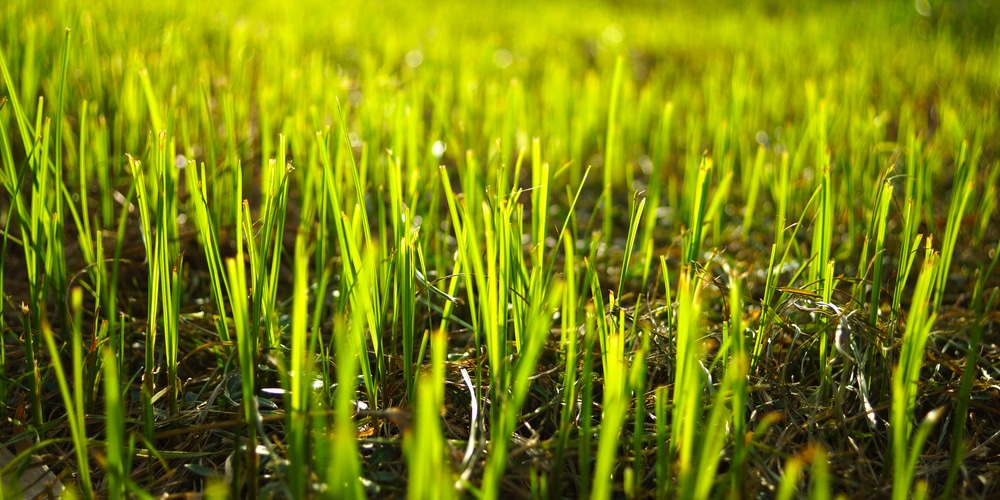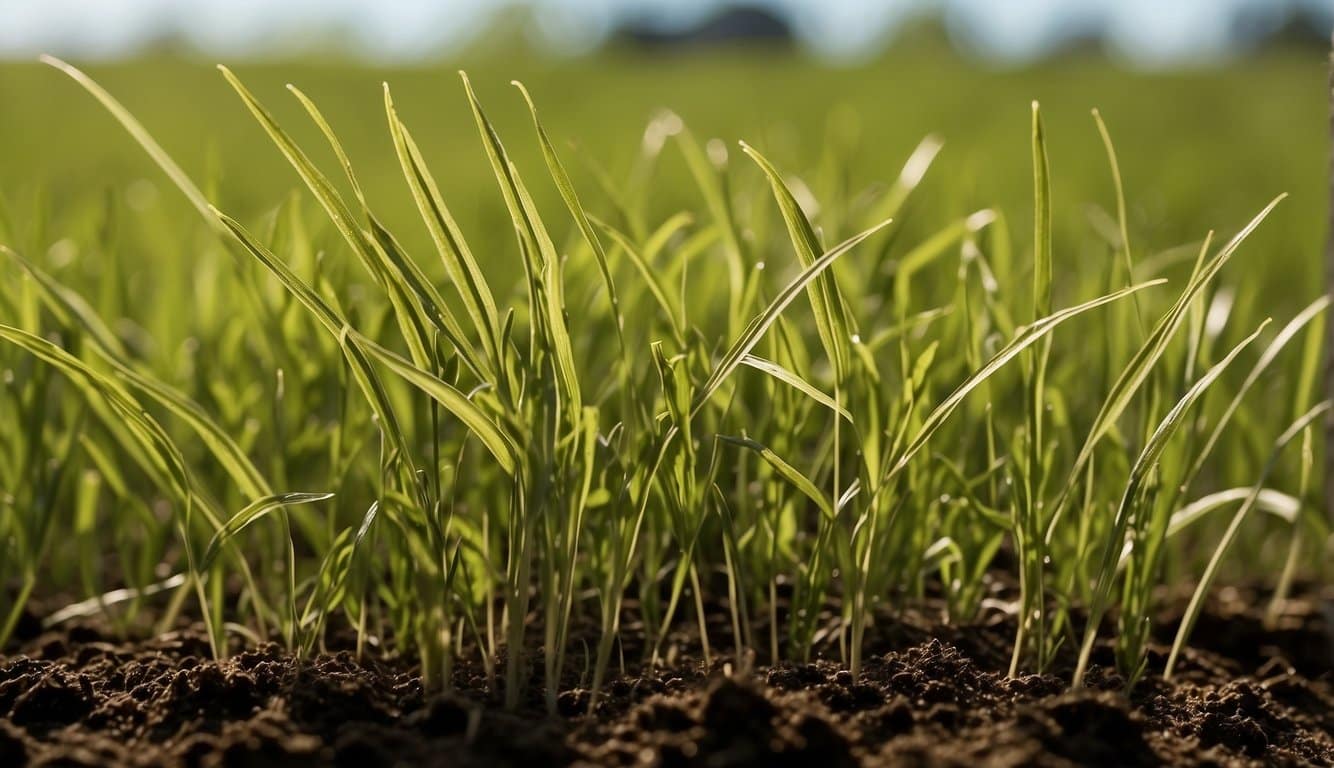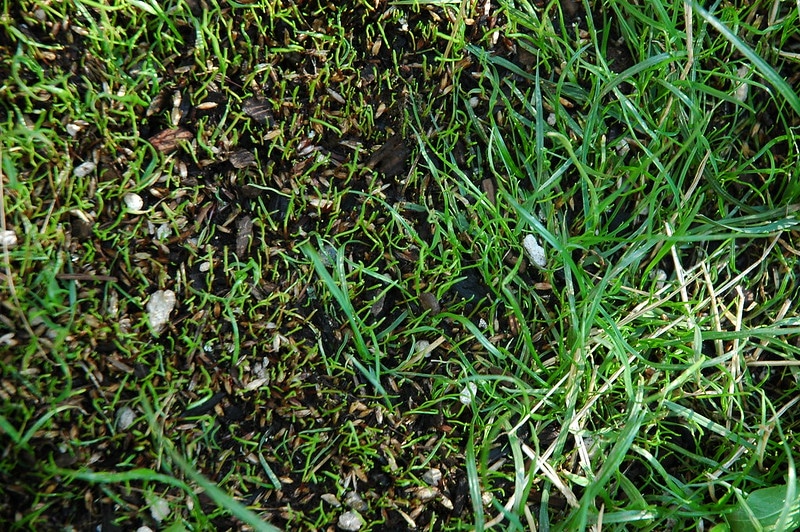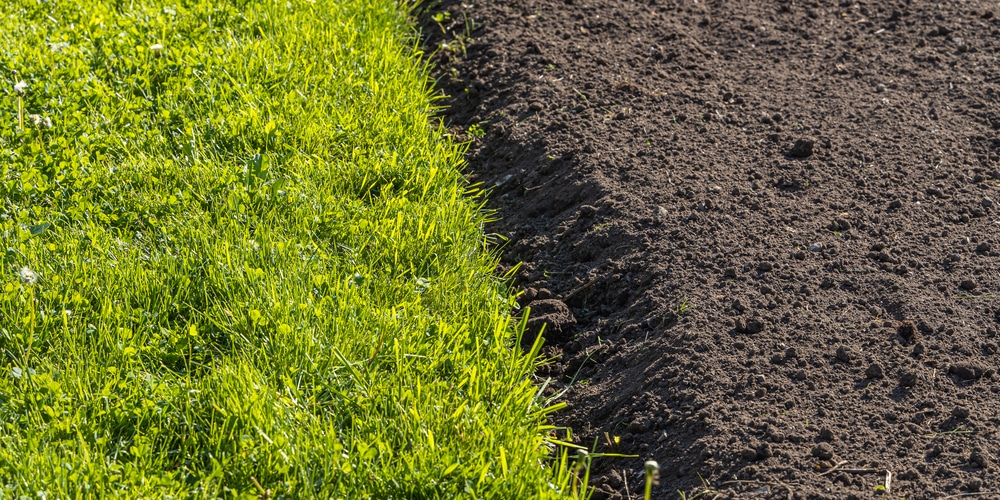| Question | When to Plant Grass Seed in Maryland? |
|---|---|
| Answer | Early fall (mid-August to mid-October) and late spring (mid-April to early May). |
| More Info |
|
In Maryland, the best times to plant grass seed are during the early fall and late spring. The optimal period for fall planting is from mid-August to mid-October. This timing takes advantage of cooler temperatures, adequate rainfall, and less competition from weeds, allowing grass seeds to establish before winter.
Spring planting can be done from mid-April to early May, after the risk of frost has passed and soil temperatures have warmed. While fall is generally preferred for its growing conditions, spring planting can also yield good results with proper care and maintenance.
Maryland’s Climate Zones
Maryland’s diverse geography gives rise to various climate zones, impacting when and how to plant grass seed for optimal growth. The state generally experiences a humid subtropical climate, but due to its range in elevation and proximity to water, climate conditions can differ significantly from area to area.
For gardeners and homeowners, understanding these climate zones is crucial for selecting the right type of grass and determining the best time to plant.
The Eastern Shore and Southern Maryland favor warm-season grasses that can withstand the heat and sandy soil, whereas Central and Western Maryland are more suitable for cool-season varieties that can handle colder temperatures and richer soils.
To ensure successful seeding, one should consider both the climatic conditions of their specific zone and the optimal growth patterns of their selected grass species.
Optimal Timing for Planting Grass Seed
Choosing the right time to plant grass seed in Maryland is crucial for a healthful and lush lawn. One must consider the specific climate of Maryland, which largely falls under the transition zone, where both cool-season and warm-season grasses can thrive.
Spring Planting
In Maryland, spring presents a window for planting cool-season grasses.
Gardeners should ideally sow seeds when soil temperatures consistently reach about 50°F to 55°F.
This typically occurs from mid-March through early May. The benefits of spring planting include:
- Cool-Season Grasses: Ideal for species like Kentucky bluegrass and tall fescue.
- Warm Soil: Promotes successful germination and establishment.
Fall Planting
For Marylanders, fall is often the best time to plant grass seed, especially for cool-season varieties.
The ideal period is from late August to mid-October, allowing grass to establish before the winter.
- Less Competition: Weeds tend to be less aggressive, offering new seedlings a better chance to grow.
- Cooling Temperatures: Favorable for seed germination and root development.
- Moisture Balance: Adequate rainfall and lower evaporation rates help maintain the necessary moisture for seed growth.
Selecting the Right Grass Type for Maryland
When homeowners in Maryland are considering planting grass, selecting the appropriate species is vital for a thriving lawn. Maryland’s climate offers a unique growing environment, necessitating a careful choice.
Cool-Season Grasses: These grasses flourish in Maryland’s fall and spring cooler temperatures.
- Tall Fescue: Robust and drought-resistant, tall fescue is an excellent choice for high-traffic areas, delivering a lush green lawn throughout much of the year.
- Fine Fescue: Suited for low-maintenance lawns, fine fescue requires less watering and can thrive in shady areas.
- Kentucky Bluegrass: Demanding more upkeep, Kentucky bluegrass rewards gardeners with a dense, vibrant carpet of grass that can recover quickly from damage.
Warm-Season Grasses: They grow well in the hotter seasons and can endure the summer heat.
- Zoysia Grass: With a high tolerance for heat and heavy foot traffic, Zoysia is a robust option that offers a dense growth pattern, curtailing weeds effectively.
- Bermuda Grass: Highly durable, Bermuda grass can withstand hot weather and is ideal for sports fields and high-usage lawns.
Considerations for Selection:
- Climate Tolerance: Matching the grass type to Maryland’s weather patterns and transition zone is important.
- Soil Type: Some grasses may need amendments to flourish in Maryland’s varied soil types.
- Shade Tolerance: Homeowners with shaded lawns should opt for shade-tolerant varieties like fine fescue.
Soil Preparation and Testing
Before one begins the process of planting grass seed in Maryland, proper soil preparation and testing are crucial steps to ensure a healthy, thriving lawn.
The gardener must first clear the area of debris, weeds, and dead grass to provide a clean slate for new seedlings.
Soil Testing: It’s recommended to conduct a soil test to assess nutrient levels and pH balance.
Ideal soil pH levels for most lawn grasses range from 6.0 to 7.0.
A soil test can highlight a deficiency in nutrients like nitrogen, phosphorus, and potassium, which are essential for plant growth.
Steps for Soil Preparation:
- Clearing: Remove stones, roots, and plant residue.
- Tilling: Loosen soil to a depth of 4–6 inches to promote root development.
- Leveling: Ensure the soil surface is even to avoid water pooling.
Nutrient Amendment: Based on the soil test results, the gardener may need to amend the soil.
For example, if the soil is too acidic, adding lime can help raise the pH. Conversely, if the soil is too alkaline, sulfur may be required to lower the pH.
To enrich soil nutrient content:
- Organic Matter: Incorporate compost or aged manure to improve soil structure.
- Fertilizers: Select a balanced fertilizer to provide necessary nutrients.
Grass Seed Planting Techniques
Properly planting grass seed is essential for a vibrant and healthy lawn. Homeowners should use the following methods to ensure the best seed-to-soil contact and improve germination rates:
- Soil Preparation:
- They should start with clearing the area of debris and weeds.
- Loosening the top 2-3 inches of soil can promote better root growth.
- Adding a starter fertilizer high in phosphorus can bolster root establishment.
- Seed Selection:
- Choose a seed mix suitable for Maryland’s climate.
- Opt for disease-resistant varieties to reduce lawn maintenance.
- Seeding Technique:
- Homeowners should divide their seed supply into equal parts.
- They can then apply half in a north-south direction and the other half in an east-west direction to ensure even coverage.
- A lawn spreader aids in uniform distribution of seeds.
- Seed-to-Soil Contact:
- Lightly rake the surface to help seeds make contact with the soil.
- A water roller or the back of a rake can be used to press seeds into the soil, which is crucial for germination.
- Watering Schedule:
- After planting, they need to keep the soil consistently moist but not waterlogged.
- Frequent, light watering several times a day may be necessary, especially during dry spells.
Frequently Asked Questions
When it comes to seeding lawns in Maryland, timing is crucial for successful germination and growth. This section addresses common queries homeowners may have about planting grass seed in the region’s distinct climate.
What is the optimal time of year for seeding lawns in Maryland?
The optimal time for seeding lawns in Maryland ranges from late summer to early fall, particularly from mid-August to mid-September. Planting in this period facilitates root establishment before winter.
Which varieties of grass seed are recommended for overseeding in Maryland lawns?
For overseeding in Maryland, cool-season grasses like tall fescue, Kentucky bluegrass, and perennial ryegrass are recommended due to their resilience in the fluctuating climate of the region.
How do I properly overseed my existing lawn in Maryland?
Overseeding an existing lawn in Maryland begins with lawn aeration to improve soil contact, followed by spreading grass seed at the recommended rate and lightly raking to ensure seed-to-soil contact. Watering consistently afterward is also crucial for seed germination.
What characteristics should I look for in high-quality grass seed for Maryland’s climate?
Homeowners should look for grass seed that has a high germination rate, disease resistance, and is suited for the region’s cool-season climate. The seed mix should also be appropriate for the specific conditions of the lawn, like sun or shade tolerance.
Is there a specific month that is ideal for sowing grass seed in Maryland?
The ideal months for sowing grass seed in Maryland are generally August through October for cool-season grasses. Soil temperatures around 55-60°F provide the best environment for seed germination.
Can sowing grass seed too early in the season affect germination and growth in Maryland?
Sowing grass seed too early in the season can impact germination and growth. If the soil is too cold, seeds may not germinate properly or could be subjected to frost damage.
Conversely, sowing too late may not give the grass enough time to establish before the onset of winter.
Last update on 2025-06-06 / Affiliate links / Images from Amazon Product Advertising API






